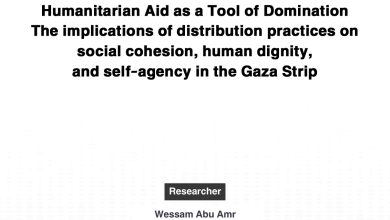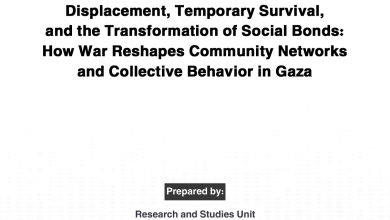Research papers on international experiences in Non-violence
First paper: Building Culture of Nonviolence in Croatia: Lessons learnt from Volunteers Project Pakrac & Peace Teams Osijek
By: Goran Božičević,
Two consecutive 4-5 years long volunteer peacebuilding projects in post war areas in Croatia, in 1990s, contributed significantly to building ‘nonviolent social fabric’ in Croatia. They gathered respectively a) over 400 international volunteers, from over 30 countries in mostly three weeks shifts and b) around 30 nationals and 10 internationals in at least two years shifts. Both were big in an organizational and financial size in a different way – one by personal contributions of every volunteer, another by daring to apply and receive in that time huge grants. Bringing normalization by living in traumatized communities, building culture of nonviolent conflict transformation by example and learning by experimenting are their three most important common features. Both projects were designed and implemented on basis of equal power cooperation. Main legacy of both projects is increased peace building capacity on national level and fact that twenty years ago involved communities are incident-free areas in contemporary times.
Second paper: How to build peace in fragile contexts?: Strategies of defense and return to the territory, (From where to when our war: Some key dates of the armed conflict in Colombia)
By: Laura Henao-Izquierdo and Juan Pablo Guerrero-Home
Colombia is the second most populated Spanish-speaking nation and the fourth country with the largest nominal GDP in Latin America. It has 49 million inhabitants, most of which are mestizos (58%). Although 75% of the population lives in urban areas, there is a notable heterogeneity in rural areas with indigenous, peasant, Afro, mestizo and colonist populations. This heterogeneity combined with the geographical complexity, land concentration and the expansion of the agrarian frontier has reproduced social inequalities that have in turn deepened the armed conflict in Colombia.
The armed conflict in Colombia allegedly began in the sixties, with severe expressions of violence in territories such as Chocó, a department located in northwestern Colombia. The causes of the conflict were diverse. There is little consensus over the exact origin and causes of the armed conflict: while some authors claim it began in the second decade of the 20th century (Comisión Histórica del Conflicto y sus Víctimas 2015), others affirm that it arose in 1948, the year in which the violence between liberals and conservatives intensified, and massacres, sexual crimes, dispossessions of property, the exhibition of severed heads and other acts of brutality, became frequent, imprinting the seal of the period known as La Violencia.
Third paper: Do or Die: The South African Transition Process
By: Fazela Mahomed and Anis Daraghma
The South African transition process is arguably one of the most significant developments of the 20th Century. At the time the conflict was deemed intractable, and seemingly had no prospect for any peaceful resolution.
Much of the documentation of transition process in South Africa, focusses on the period prior to the release of Nelson Mandela and the first few years of the democratic Parliament. This paper considers the impact of the years preceding the negotiation process. Further, this paper posits that the unique factor in the South African peace process was the high level of public mobilisation and engagement during the negotiation processes.





